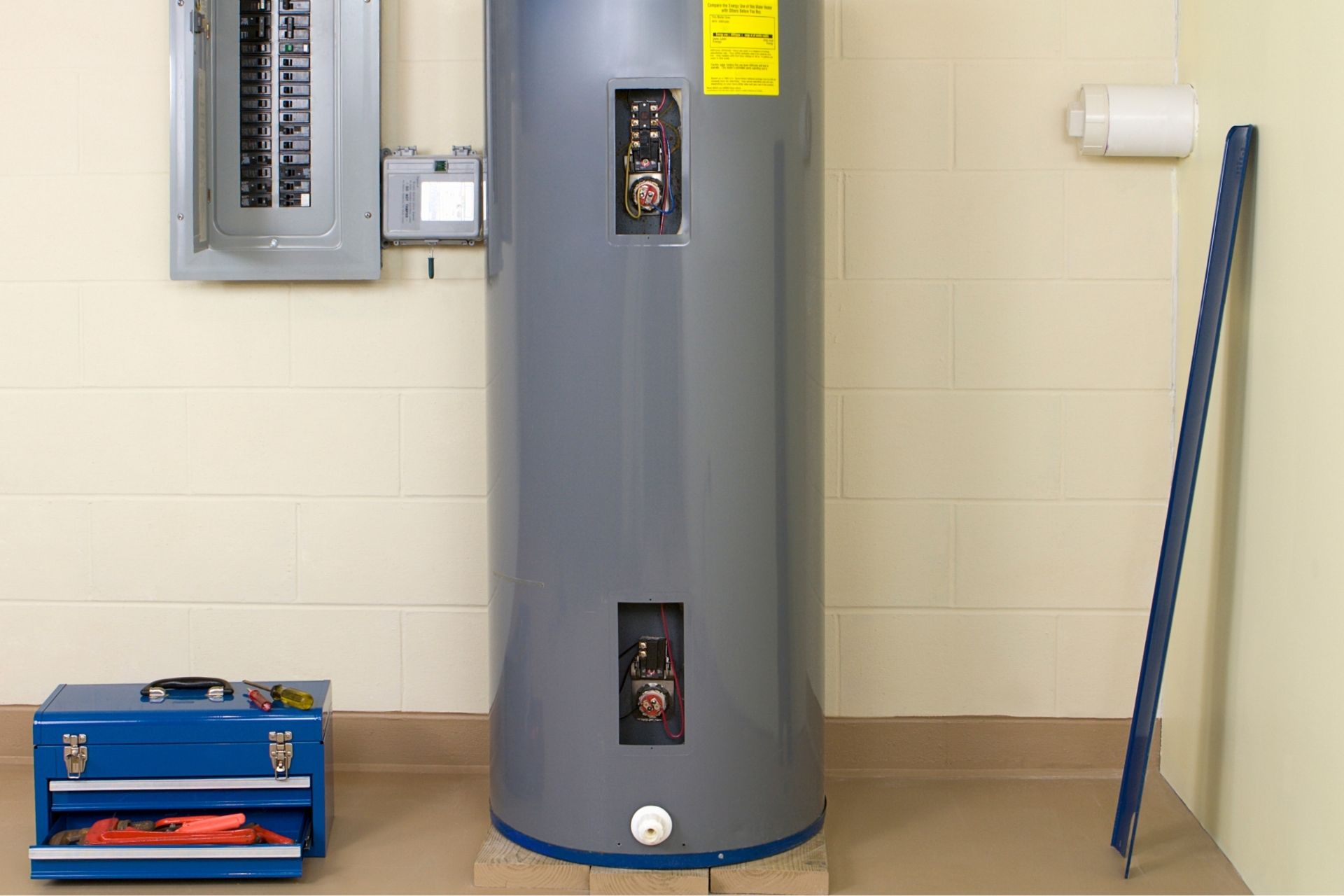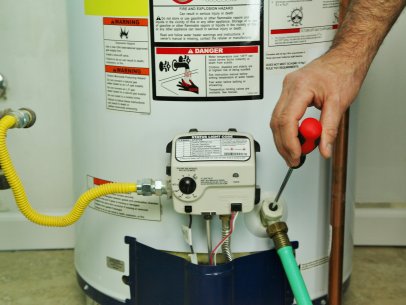Best Ways to Maintain Your Home's Hot Water System Successfully
Best Ways to Maintain Your Home's Hot Water System Successfully
Blog Article
They are making a few good pointers relating to Water Heater Maintenance Tips You Can't Afford to Forget as a whole in this great article underneath.

Hot water is essential for everyday comfort, whether it's for a revitalizing shower or cleaning dishes. To guarantee your warm water system runs efficiently and lasts much longer, routine upkeep is crucial. This short article gives useful tips and insights on just how to keep your home's hot water system to stay clear of disturbances and expensive fixings.
Introduction
Maintaining your home's warm water system may appear complicated, yet with a few simple actions, you can ensure it runs smoothly for many years to come. This overview covers everything from comprehending your hot water system to do it yourself maintenance ideas and knowing when to employ professional aid.
Importance of Keeping Your Hot Water System
Routine upkeep not only expands the lifespan of your warm water system yet also guarantees it runs efficiently. Disregarding maintenance can cause lowered efficiency, higher energy expenses, and also early failure of the system.
Signs Your Hot Water System Needs Maintenance
Understanding when your warm water system requires focus can prevent major problems. Watch out for indicators such as irregular water temperature, strange noises from the heating system, or corroded water.
Recognizing Your Warm Water System
Prior to diving into upkeep jobs, it's handy to understand the basic components of your hot water system. Generally, this includes the water heater itself, pipelines, anode rods, and temperature level controls.
Monthly Maintenance Tasks
Normal monthly checks can assist catch minor concerns prior to they escalate.
Purging the Water Heater
Purging your water heater gets rid of debris accumulation, improving effectiveness and lengthening its life.
Monitoring and Changing Anode Rods
Anode rods prevent rust inside the tank. Examining and changing them when worn out is important.
Examining and Readjusting Temperature Level Settings
Readjusting the temperature level settings makes certain ideal performance and safety and security.
DIY Tips for Upkeep
You can do several upkeep tasks yourself to maintain your warm water system in top condition.
Looking for Leaks
Consistently inspect pipelines and connections for leakages, as these can bring about water damages and higher costs.
Checking Pressure Alleviation Valves
Checking the pressure safety valve ensures it functions appropriately and stops excessive pressure build-up.
Protecting Pipes
Shielding hot water pipes lowers warm loss and can save power.
When to Call an Expert
While DIY upkeep is advantageous, some concerns require specialist experience.
Complicated Issues Requiring Expert Help
Examples consist of significant leaks, electric issues, or if your water heater is continually underperforming.
Routine Professional Upkeep Perks
Professional upkeep can include comprehensive inspections, tune-ups, and making certain conformity with safety criteria.
Conclusion
Routine maintenance of your home's warm water system is vital for efficiency, durability, and cost financial savings. By complying with these tips and recognizing when to seek expert help, you can make certain a trustworthy supply of hot water without unanticipated interruptions.
How to Maintain an Instant Hot Water Heater
Before tinkering with your hot water heater, make sure that it’s not powered on. You also have to turn off the main circuit breaker and shut off the main gas line to prevent accidents. Also turn off the water valves connected to your unit to prevent water from flowing into and out of the appliance. 2. When you’re done, you have to detach the purge valves’ caps. These look like the letter “T†and are situated on either side of the water valves. Doing so will release any pressure that has accumulated inside the valves while at the same time avoid hot water from shooting out and burning your skin. 3. When the purge valves’ caps are removed, you have to connect your hosing lines to the valves. Your unit should have come with three hoses but if it didn’t, you can purchase these things from any hardware or home repair shops. You can also get them from retail stores that sell water heating systems. Read the user’s manual and follow it to complete this task properly. When the hosing lines are connected, open the purge port’s valves. 4. You should never use harsh chemical cleaners or solutions when cleaning your unit. Make use of white vinegar instead. It should be undiluted and you’ll probably use about 2 gallons. 5. Now flush your water heater. This task should probably take about 40 minutes. We can’t give you specific directions for this because the procedure is carried out depending on the type, model and brand of your heater. With that being said, refer to the user’s manual. 6. When you’re done draining the unit, you have to turn off the purge port valves again. Remove the hosing lines that you earlier installed on each of the water valves. Put the valve caps (purge port) back in their respective places and be very careful so as not to damage the rubber discs that are found inside these caps. 7. Now that everything’s back in place, check your user’s manual again to find out how to reactivate your water heating system. 8. Once it is working, turn one of your hot water faucets on just to let air pass through the heater’s water supply pipes. Leave the tap on until water flows smoothly out of it. https://www.orrplumbing.com/blog/2014/september/how-to-maintain-an-instant-hot-water-heater/

I'm certainly very taken with What Kind of Maintenance Do Water Heaters Need? and I hope you liked the page. So long as you enjoyed our post kindly be sure to pass it around. I value reading our article about Water Heater Maintenance Tips You Can't Afford to Forget.
Book Inspection Report this page